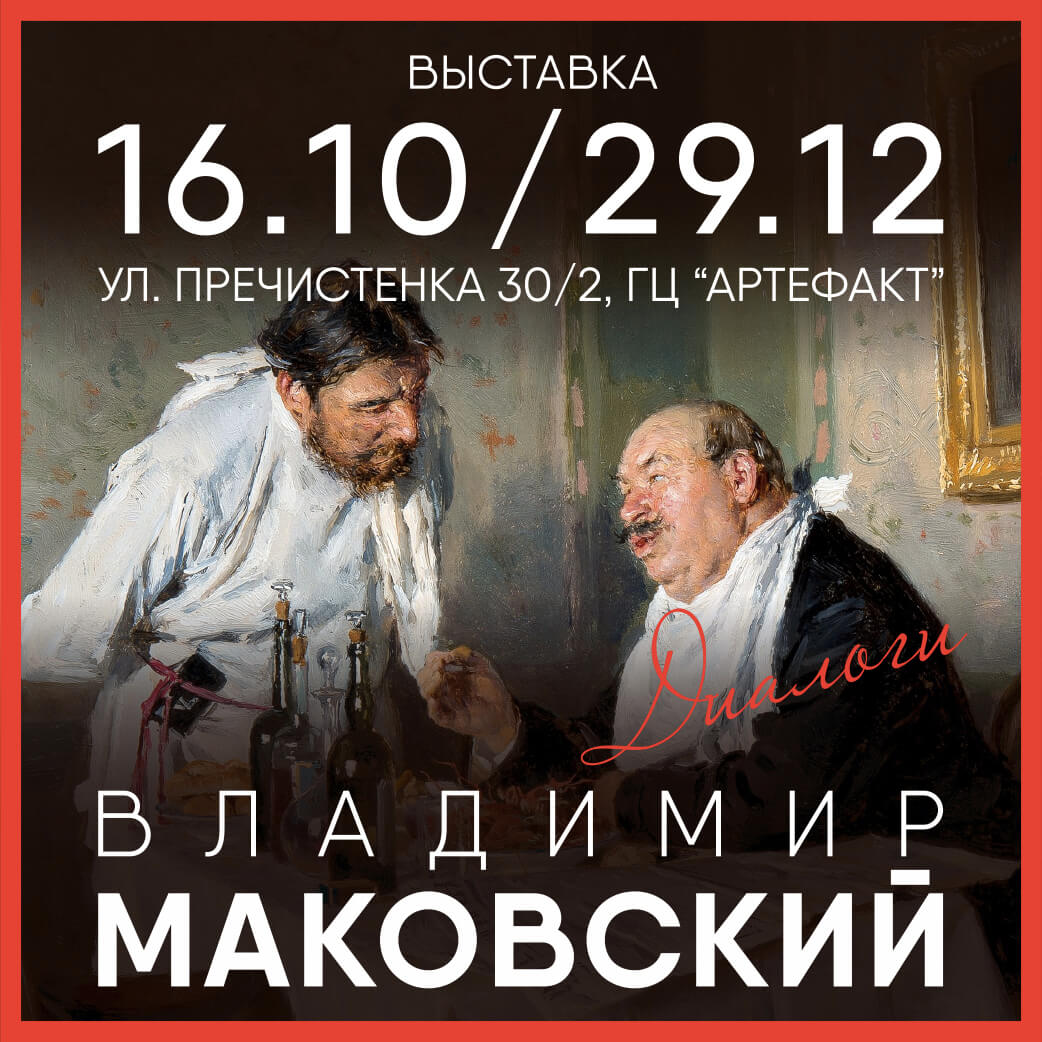Art Investment
Mansurov Pavel Andreevich
1896–1983
БИОГРАФИЯ
MANSUROV (Mansouroff) Pavel Andreevich
Painter, graphic artist, master of decorative and applied arts
Pavel Mansurov was born to a family of chorister. In 1909 Mansurov entered the Central School of Technical Drawing of Baron Alexander Stieglitz, where he studied anatomy under the guidance of V. E. Savinsky and different kinds of etching under V. V. Matai. At the same time he attended the Drawing school under the Society for the Encouragement of the Arts (OPKh).
In 1915 Mansurov was called up for military service. He served at the First air regiment, later at the Direction of Air Force. In 1916 he was demobilized. In 1916–1917 Mansurov met K. S. Malevich, V. E. Tatlin, P. N. Filonov, M. V. Matyushin, V. V. Kandinsky; he was interested in avant-garde theories and ideas and he began to propagandise new art. At that time the artist painted his first abstract works. In 1917 he was engaged in interior design of the Literary and Artistic cabaret Comedians’ Halt (“Prival Komediantov”). In 1918 Mansurov created scene and costume designs for the ballet Upmann: Kuritel’naia Shutka on the music by Arthur Lourié at the Chinese Theatre in Tsarskoye Selo; he also took part in design of the play Mystery-Bouffe by V. V. Mayakovsky. The artist created booklet Poor Folk by N. N. Punin.
Alongside with other artists Mansurov participated in festive decoration of Petrograd for the first anniversary of October revolution, he painted decorative panels Europe and Asia for the Saint Isaac’s Square. Mansurov attended the studio of Tatlin at Ostozhenka, in particular he assisted him in work under the monument of the Third International. In 1919 Mansurov took part in the First State Independent Art Exhibition in Petrograd.
In 1919–1920 Mansurov lived in Kazan. He was arrested by the Cheka (the All-Russian Emergency Commission for Combating Counter-Revolution and Sabotage) on suspicion of desertion, and was put for several months into prison. At the end of 1920 — the beginning of 1921 Mansurov taught at Kazan Art School. In 1921–1927 the artist worked for the Museum of Artistic Culture in Petrograd and headed the experimental section at the State Institute of Artistic Culture (GINKhUK), where he made a report and called for consolidation of all avant-garde artists in 1921. Mansurov exhibited his works at the First Russian Art exhibition in the Van Diemen gallery in Berlin in 1922, at the Exhibition of works by Petrograd artists of all art movements in 1923, at the 14th International exhibition of fine arts in Venice in 1924.
Mansurov had to leave the USSR because of attacks at avant-garde artists. In 1928 he travelled to Rome for his personal exhibition, and then he has not returned to the USSR. In 1929 he settled in France. Mansurov began to create drawings for textile with the assistance of Robert Delaunay, and later he became famous in this field. Mansurov began to collaborate with many famous Paris fashion houses Chanel, Hermes, Lanvin and others. At the same time the artis’'s abstract works weren’t successful in Europe, in 1930s he returned to his traditional manner of painting. In 1936 he took part in the exhibition of Russian Artists at the gallery Zak in Paris.
In late 1940s Mansurov returned to his art experiments of 1920s, he executed constructivist canvases and collages, he painted three-dimensional and double-sided paintings. Interest in abstract art was revived in late 1950s and it brought the artist world fame. In 1957 he took part in the exhibition dedicated to the 50th anniversary of abstract art at the gallery Creuze in Paris. In 1972 the retrospective exhibition of Mansurov was held in the Museum of Modern Art in Paris. The artist’s works were also shown at the exhibition Moscow — Paris which was held at the Pushkin State Museum of Fine Arts in Moscow in 1981. The memorial exhibition of Mansurov was organized at the State Russian Museum in St. Petersburg in 1995.
Mansurov strived for radical renewal of art language. His individual manner of painting was developed under the influence of Tatlin’s idea of utilitarian economy of forms, suprematism by Malevich, concept of forms in plastic art by Matyushin and Filonov’s theory of analytical art. Mansurov called his paintings pictorial formula; he created often vertical compositions with combination of geometrical and linear elements, sometimes with volume inserts and with the elements of collage.
Works by Pavel Mansurov are in many private and museum collections, including the State Russian Museum in St. Petersburg, the Pushkin State Museum of Fine Arts, and the Museum of Modern Art in Paris.
Recommended links
Новости - Hot news
Открыты 478-е торги AI Аукциона
01.05.2023Неизвестный известный Серж Иванов. 1893–1983
06.03.2023Открыты 469-е торги AI Аукциона
27.02.2023Открыты 429-е торги AI Аукциона
12.05.2022The king walks in any weather. Personal exhibition of artist Andrew Munz AI in the gallery "XXI century. Contemporary Russian art"
17.08.2020A common story: Artsy. Part 1
13.08.2020Open 342-е the Auction and 28-й curator's auction "XXI century"
11.08.2020Artist of the week: Leonid Purygin
10.08.2020Cross-trades in the summer of 2020. ArtTactic Report
06.08.2020Услуги ARTinvestment
Арт-консалтинг
Индивидуальные консультации от опытных искусствоведов по любым вопросам в сфере искусства
Составление Инвестиционного Портфеля
Подбор предметов искусства для инвестирования под любую инвестиционную стратегию
Индивидуальная оценка
Наши эксперты проведут профессиональную оценку вашего предмета искусства, учитывая его состояние, авторство, историю и другие факторы
Проведенных аукционов
Зарегистрированных пользователей на аукционе
Записей в базе
Художников в базе


